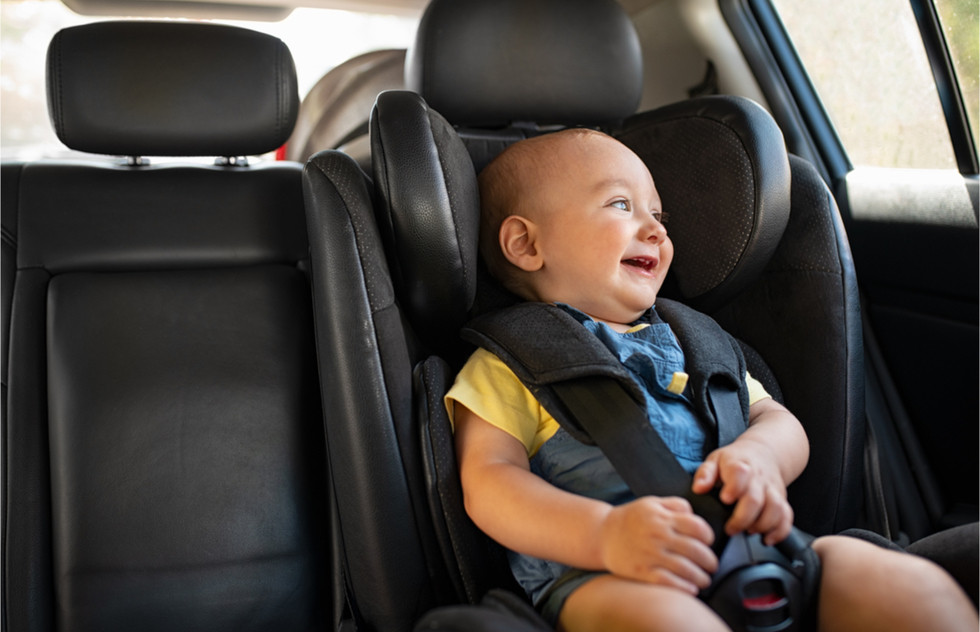As children grow and transition from toddlerhood to the early school years, their car seat needs evolve. This is where booster car seats come into play. Booster seats bridge the gap between traditional car seats and using the vehicle’s seat belt directly, ensuring that children continue to travel safely until they are ready for adult seat belts. In this article, we will delve into the world of booster car seats, discussing their importance, types, and key considerations when choosing the right one for your child.
The Significance of Booster Car Seats
Booster seats are not just an option; they are a critical safety tool that offers protection to children who have outgrown their forward-facing car seats but are not yet big enough to safely use adult seat belts. Adult seat belts are designed to fit individuals of a certain height and weight, and children typically do not meet these criteria until they reach a certain developmental stage. Booster seats provide the necessary elevation to ensure that the seat belt fits properly across a child’s body, reducing the risk of injury in the event of a crash.
Types of Booster Car Seats
There are two main types of booster car seats: high-back boosters and backless boosters.
1. High-Back Boosters
High-back boosters, as the name suggests, come with a backrest. They provide both head and neck support in addition to positioning the seat belt correctly. High-back boosters are particularly suitable for vehicles with low seat backs or no headrests, as they offer the required support for the child’s head.
2. Backless Boosters
Backless boosters are simpler in design and do not have a backrest. They elevate the child to a height where the seat belt can be positioned correctly across the lap and shoulder. Backless boosters are more convenient for older children who no longer require the head and neck support provided by high-back boosters.
Key Considerations When Choosing a Booster Car Seat
Selecting the right booster car seat for your child involves a few essential considerations:
1. Age, Height, and Weight
Most booster seats have specific age, height, and weight recommendations. Ensure that your child meets the minimum requirements for the booster seat you are considering.
2. Compatibility
Check whether the booster seat is compatible with your vehicle’s seating and safety features. Some booster seats might not work well with certain seat designs or belt systems.
3. Installation
Proper installation is crucial for the booster seat’s effectiveness. Follow the manufacturer’s instructions carefully and ensure a snug fit with minimal movement.
4. Safety Features
Look for booster seats that come with side-impact protection, energy-absorbing foam, and adjustable headrests for added safety.
5. Comfort and Convenience
Choose a booster seat with adequate padding and a design that’s comfortable for your child. Some booster seats also offer features like cup holders and storage pockets for added convenience.
6. Long-Term Use
Opt for a booster seat that can be adjusted as your child grows. Many booster seats have adjustable height settings to accommodate varying sizes.
7. Crash Test Ratings
Research the booster seat’s crash test ratings and safety certifications from reputable organizations. This information helps you make an informed decision about the seat’s safety performance.
Transitioning to Adult Seat Belts
Eventually, children will outgrow booster seats and be ready to use adult seat belts. The key indicators of readiness include:
- The child is tall enough for the seat belt to fit properly without a booster seat.
- The lap belt rests across the upper thighs, not the stomach.
- The shoulder belt lies across the chest, not the neck.
In Conclusion
Booster car seats play a vital role in ensuring child passenger safety during the transition from traditional car seats to adult seat belts. By adhering to age, height, and weight recommendations, as well as considering compatibility, safety features, and comfort, you can confidently choose the right booster seat for your child. As they continue to grow and develop, your commitment to their safety remains unwavering, ensuring their protection on every journey.
